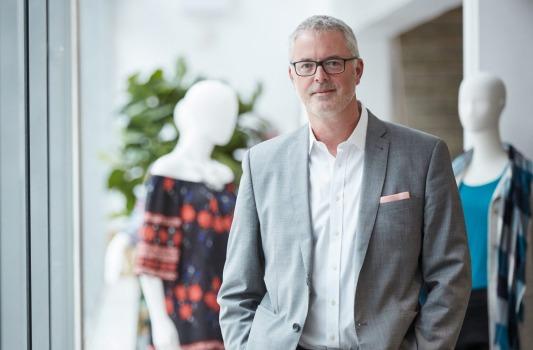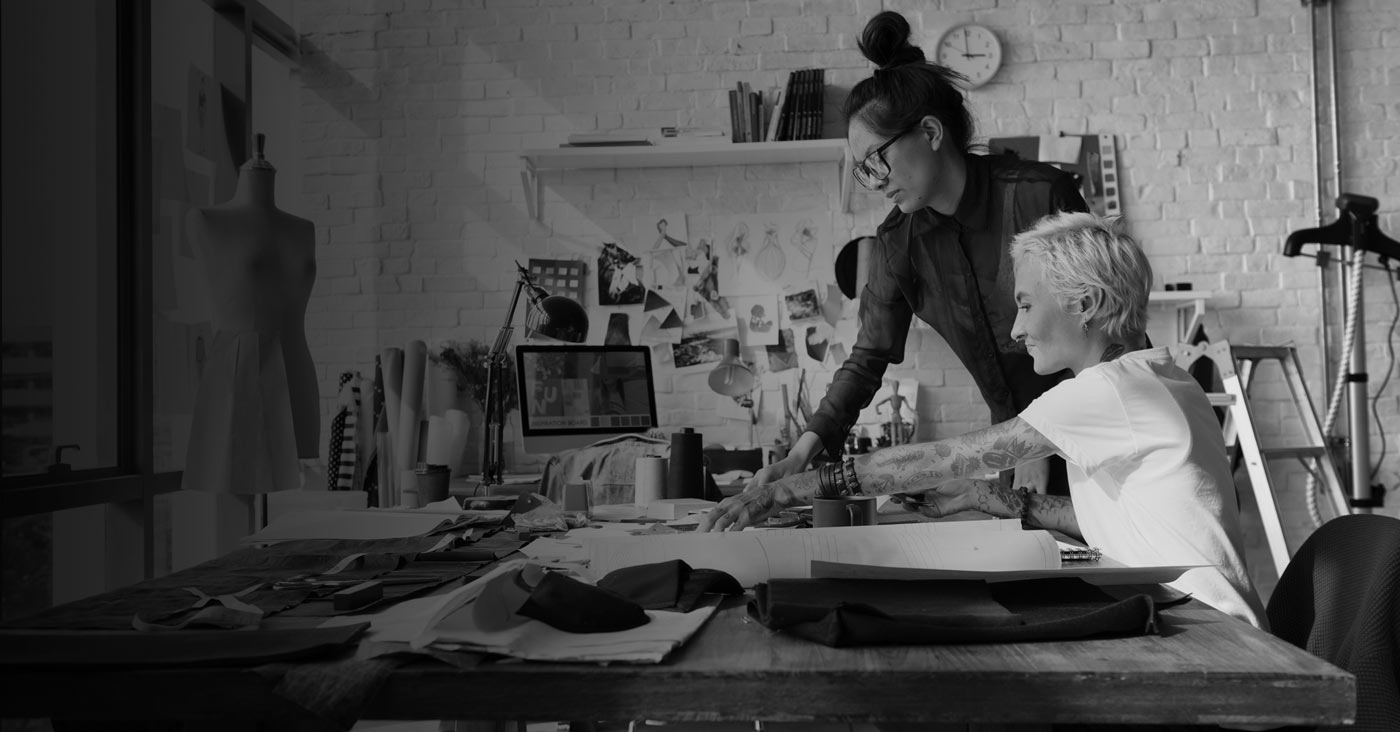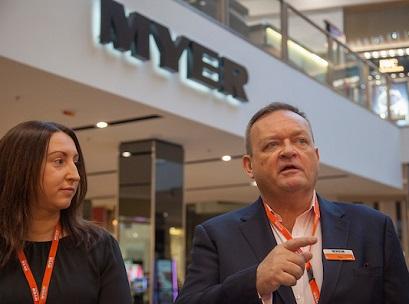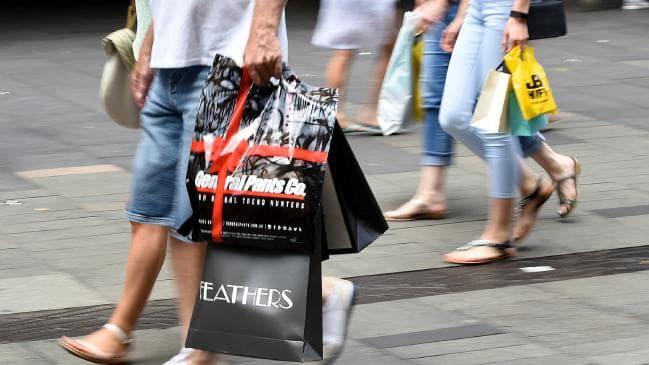
While Maison Simons offers customers the latest trends in clothing, accessories, and home décor, it’s another trend that is gaining the brand attention and accolades. Improving its sustainability, the company recently opened the first zero net energy store in Quebec City, Canada.
Using industry-leading technologies to eliminate its carbon footprint, the store is designed to generate as much energy on-site as it annually consumes. The 80,000-square-foot space, which was formerly a Target, is powered by solar energy, and heated and cooled using a geothermal system that regulates temperature by tapping into the energy of the earth, improving its energy efficiency by 60%.
Maison Simons Quebec City | Shopify Retail blogSustainability has been a hot topic in the past few years. And Maison Simons may be setting a high bar, but retailers of all sizes can take steps to become more sustainable by focusing on practices and products.
Why should retailers pay attention to sustainability? Other than the ethical reasons (you know, conserving this great planet we live on), going green offers a wealth of benefits for both retailers and their customers. Customers are paying attention: 93% of global consumers expect more of the brands they use to support social and environmental issues, according to a report by the Retail Industry Leaders Association (RILA).
In addition, the report found that an estimated 68 million adult Americans base purchasing decisions on their values — personal, social, and environmental — and say they will spend up to 20% more on environmentally sound products.
So, many customers are happy to invest in sustainable retailers. But going green is about much than just conserving energy or using longer-lasting light bulbs. Sustainability gives you an opportunity to better connect with your customers, and while having a zero net energy store might not be within grasp just yet, there are smaller steps you can take. Here are five ways to participate in the growing trend of sustainability in the retail industry.
How to Make Your Retail Business More Sustainable
1. Go Paperless
Paperless in retail | Shopify Retail blogYour business might consume a lot of paper, and one of the easiest ways to cut back is by emailing receipts. Not only will you save resources; your customers will likely one less piece of paper to handle, too. According to research, 250 million gallons of oil, 10 million trees, and 1 billion gallons of water are used to create receipts just in the U.S. each year. Eliminating paper receipts not only considerably reduces a business’s carbon footprint, but it ensures that receipts aren’t later discarded as waste.
Going paperless can create efficiencies, help you automate more of your business processes, and offer your customers better security. Transitioning to digital receipts is a great first step toward going paper-free, and they allow you to leverage that valuable real estate on those digital receipts to make more sales. Include links to your website as well as your social media platforms on your receipts, as well as news about upcoming events and promotions.
Rather than using paper calendars, try using a digital calendar tool like Calendly or 10to8 to book appointments with clients and maintain employee schedules. Also, sign up for paper-free statements for your banking and financial needs, and send invoices via email to your customers. You’ll be surprised how little effort it takes to reduce your paper consumption.
2. Cut Waste Out of Your Manufacturing Process
Customers care about how their products are made and they want to know that you care, too.
Manufacturing can produce a lot of waste, and you can make a move toward sustainability by monitoring your supply chain.
If you make any of your own goods, audit your waste and look for ways to substitute recyclable or reusable products into the manufacturing process. If you purchase and resell premade goods, ask for transparency from your vendors in relation to issues such as labor practices, safety conditions, pollution, and waste. Currently, there are no industry standards on disclosure, and it’s up to you to be proactive when obtaining this information.
3. Look for Clean Energy Options
In addition to reducing physical consumption, consider switching to energy methods that consume and emit less waste. This is an area where going green helps you save serious money; energy is the fourth-largest in-store operating cost for retailers after labor, rent, and marketing, according to a report by McKinsey.
Contact your utility suppliers and ask that they conduct energy audits on your store, suggesting ways you can lower usage. A quick update is to switch to LED light bulbs, which use less power. And you can also look into solar options for powering lights and other electronics.
Lowering your thermostat seven to 10 degrees Fahrenheit for eight hours a day reduces consumption by 10%, according to the U.S. Department of Energy.
Turn off your computer, copier and printers when you leave for the day. And be sure to get your employees on board with your energy mission, appointing a “green team” or energy advocate to monitor usage. Simple behavioral changes are no- or low-cost energy savings opportunities, according to RILA.
4. Recycle Old Goods
In addition to selling customers new items, look into ways you can help them recycle old or worn-out goods.
For example, Eileen Fisher stores feature a Green Eileen project which collects, repairs, and resells used company-brand clothing and donates the proceeds to nonprofit organizations that benefit women and children.
Outdoor brand North Face has created a Clothes the Loop program, which collects used clothing and gives customers a $10 off a purchase of $100 or more. Items are repurposed into products like insulation, carpet padding, stuffing for toys, and fibers for new clothing.
And Nike’s Reuse-A-Shoe collects used shoes that are recycled into material used to create running tracks, playgrounds, and courts.
If your business sells items that replace old goods, consider offering to collect unwanted items that can be repurposed or donated to someone who can use them.
5. Be Transparent
Sustainability is of growing importance to consumers, so be sure to share your mission and work with your customers. Transparency and authenticity are key when it comes to putting sustainability at the forefront of your business.
In this case, you’re not just tooting your own horn: you’re giving customers an opportunity to further their own sustainability efforts by supporting a business (that’s you) that cares about the environment, community, and future.
Moving Forward With a More Sustainable Retail Business
A sustainable business not only will bring you respect from customers; it can save you money and resources in the long run.





